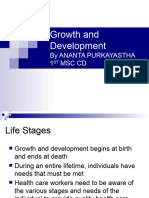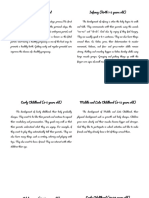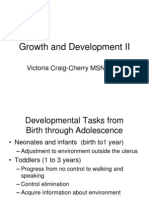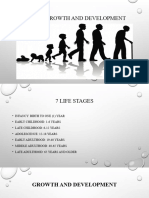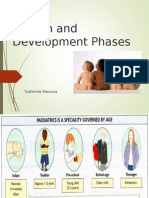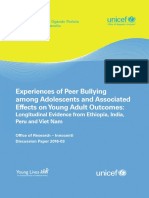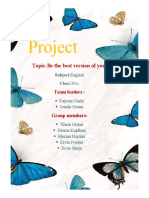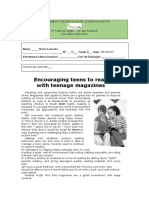0% found this document useful (0 votes)
8 views2 pagesInfancy
The document outlines the stages of physical and cognitive development from infancy to late adulthood, detailing key milestones and changes at each stage. It highlights significant growth in infancy, muscle coordination in late childhood, and the physical and mental changes that occur during middle and late adulthood. Each life stage is characterized by distinct developmental challenges and achievements.
Uploaded by
Alaska GadhezCopyright
© © All Rights Reserved
We take content rights seriously. If you suspect this is your content, claim it here.
Available Formats
Download as DOCX, PDF, TXT or read online on Scribd
0% found this document useful (0 votes)
8 views2 pagesInfancy
The document outlines the stages of physical and cognitive development from infancy to late adulthood, detailing key milestones and changes at each stage. It highlights significant growth in infancy, muscle coordination in late childhood, and the physical and mental changes that occur during middle and late adulthood. Each life stage is characterized by distinct developmental challenges and achievements.
Uploaded by
Alaska GadhezCopyright
© © All Rights Reserved
We take content rights seriously. If you suspect this is your content, claim it here.
Available Formats
Download as DOCX, PDF, TXT or read online on Scribd
/ 2









